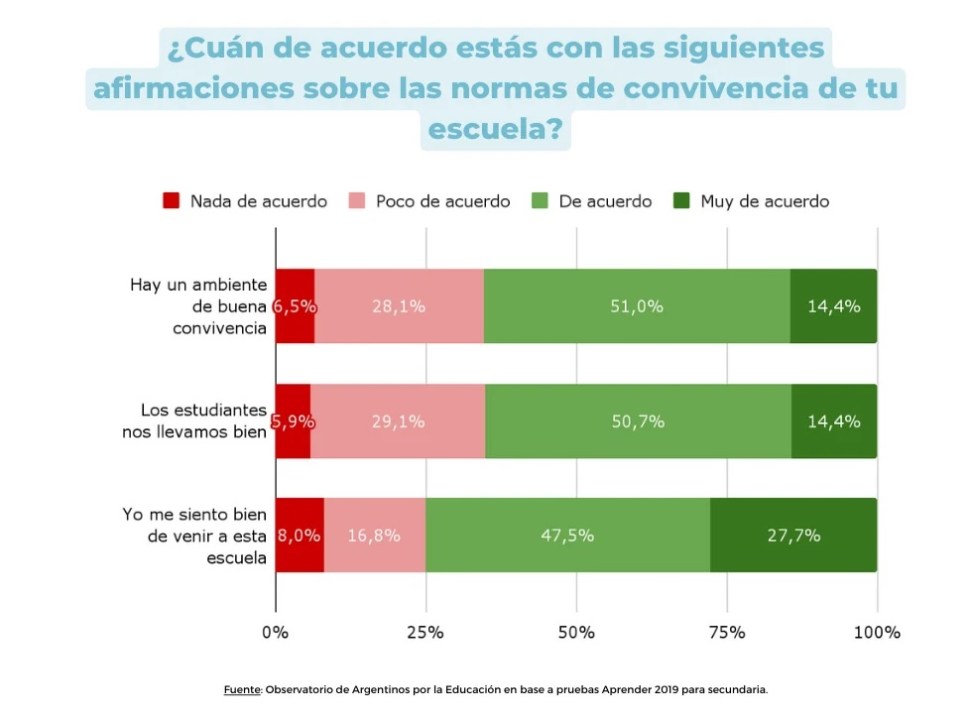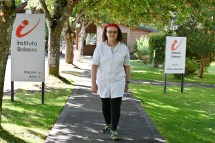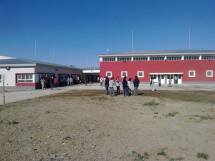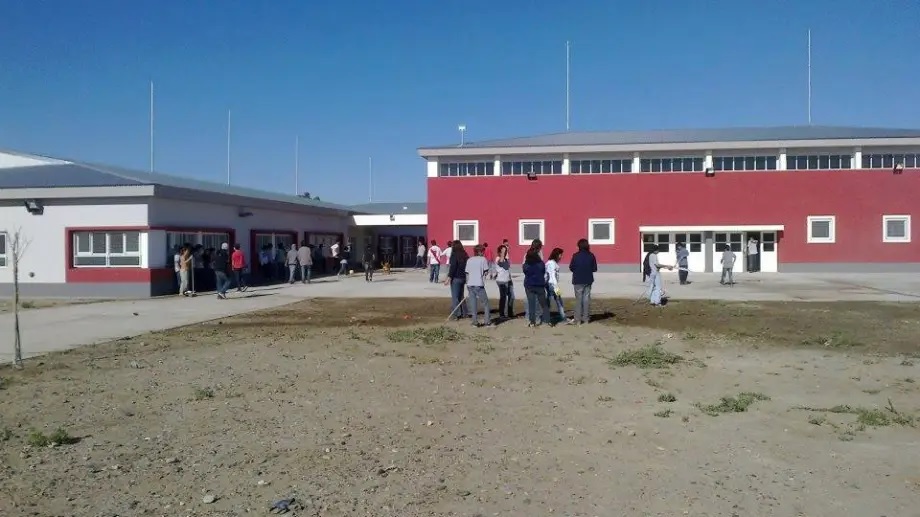More than half of students nationwide acknowledge that episodes of bullying or discrimination happen at school due to physical appearance (75.4%), discrimination due to personal or family characteristics –religion, nationality, gender, disability– (67.7%), and threats or attacks between colleagues (54.5%).

However, less than 10% of the students consider that these episodes happen “always”. Regarding threats or attacks on social networks, more than half of the students (52.8%) maintain that this never happens.
The data comes from the report “How do secondary school students and principals perceive school coexistence?“, of the Observatory of Argentines for Educationauthored by Alejandro Castro Santander (Observatory for School Coexistence, Universidad Católica de Cuyo), Martín Nistal and Eugenia Orlicki (Observatory of Argentines for Education).
The document uses the information collected in the complementary questionnaires answered by students and secondary school directors from all over the country in the Aprender 2019 operation (the last one available for that level). These questionnaires investigated the perceptions of students and directors about the problems in school coexistence.
The perception of directors on cases of discrimination
According to the perception of the directors, the frequency of episodes of discrimination and threats in the school is less than that perceived by the students. But unlike the students, the directors perceive that threats or aggressions between students in social networks happen more frequently than the rest of the situations mentioned.
34.6% of the students in their last year of secondary school agree “not at all” or “a little” with the statement that there is a good atmosphere of coexistence in their school. On the other hand, 65.4% perceive a good school environment. The majority of students (75.2%) say they feel good about going to their school, while 1 in 4 (24.8%) disagree with this idea.
65.1% of the students affirm that they get along well with each other, while 34.9% disagree with this perception. On the other hand, when the directors are asked about the problems of coexistence between students, only 2.8% consider that this is “a serious problem”. 17% believe that it is a “moderate problem” and 41.2% consider that it is “a minor problem”. For 4 out of 10 directors (39%), coexistence between students “is not a problem”.

“To confront violence in general and bullying in particular, actions must be complex and must be managed at different levels: school, classroom, teachers, students, families and the environment. Violence, as a generally learned behavior in different areas, can be prevented and even unlearned. The school requires –with some urgency– to become a living example that it is possible to learn and teach in spaces of well-being and respect”, he points out. Alexander Castro Santanderco-author of the report.
«To the extent that students perceive a favorable climate in the classroom, feel listened to and respected by their peers and their teachers, they will be able to develop intellectually. Only in a safe environment will they be able to build a healthy self-esteem, achieve autonomy, confidence, and learn to interact with others effectively. We must not concentrate our effort only on the academic aspect of education without making the commitment to train students in values such as respect and solidarity”, he affirms. Paola Zabaladirector of Comunidad Anti Bullying Argentina.

The perception of the climate of school coexistence varies among students from different provinces. The three jurisdictions with the highest proportion of students who perceive coexistence difficulties are Jujuy (43.4%), La Rioja (43.1%) and Catamarca (41.2%). While at the other extreme are CABA (25.8%), La Pampa (28.3%) and Misiones (31.7%).
“It is the duty of educational institutions to guarantee the proper functioning of the school climate, working on prevention, dialogue, inclusion and empathy. Bullying is the most complex educational problem of all, which is why we must act in prevention,” he says. Marina Vollmanfounder of Links without Bullying
“Bullying and violence at school, while they are problems that have proven consequences on the mental health of those who receive and perpetrate them, constitute a public health problem. It is essential to have accurate data on what the specific situation of our schools and our students is. There is a lot of work to be done and a long way to go,” he says. Candelaria Irazustaco-founder and executive director of the Argentina Anti Bullying Team.

«For us, as organizations that work on the prevention of violence in educational establishments, this type of study and survey is extremely important because it confirms and debates the perception of this problem by the educational community. At the time of our interventions, we see, at first, a denial or minimization of the problem as well as the belief that it is about isolated events, when in reality when developing programs in most cases it is observed that it really is a problem systemic that must be approached in this way” Paul Mainerfounder of Let’s Talk About Bullying.
To comment on this note you must have your digital access.
Subscribe to add your opinion!
Subscribe
